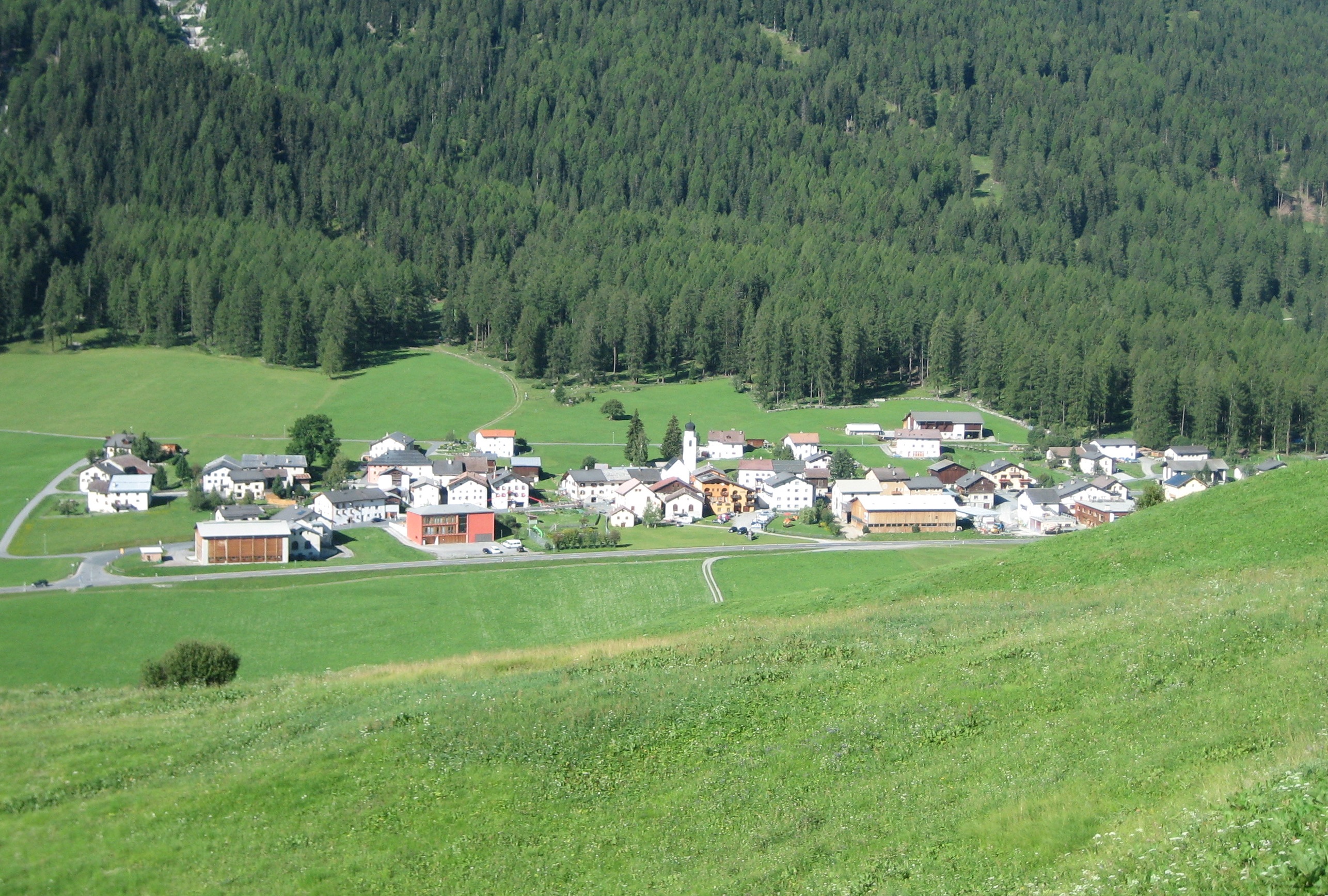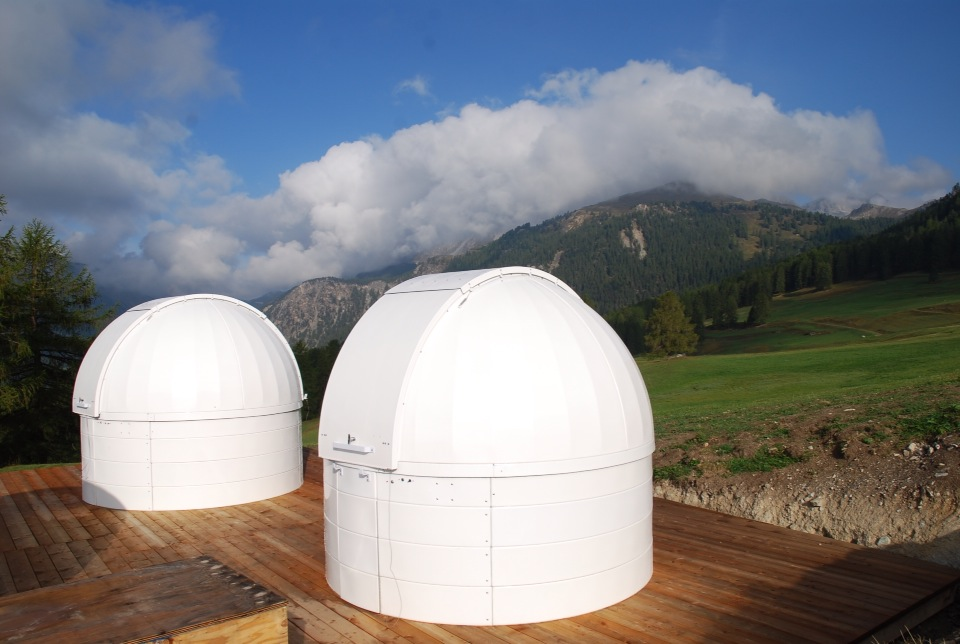|
Fuldera
Fuldera is a village in the Val Müstair municipalities of Switzerland, municipality in the district of Inn District, Switzerland, Inn in the Switzerland, Swiss Cantons of Switzerland, canton of Graubünden. In 2009 Fuldera merged with Lü, Switzerland, Lü, Müstair, Santa Maria Val Müstair, Tschierv and Valchava to form the municipality of Val Müstair.Amtliches Gemeindeverzeichnis der Schweiz published by the Swiss Federal Statistical Office accessed 23 September 2009 History Fuldera is first mentioned in 1322 as ''Faldiera''.Geography [...More Info...] [...Related Items...] OR: [Wikipedia] [Google] [Baidu] |
Fuldera Dorf
Fuldera is a village in the Val Müstair municipalities of Switzerland, municipality in the district of Inn District, Switzerland, Inn in the Switzerland, Swiss Cantons of Switzerland, canton of Graubünden. In 2009 Fuldera merged with Lü, Switzerland, Lü, Müstair, Santa Maria Val Müstair, Tschierv and Valchava to form the municipality of Val Müstair.Amtliches Gemeindeverzeichnis der Schweiz published by the Swiss Federal Statistical Office accessed 23 September 2009 History Fuldera is first mentioned in 1322 as ''Faldiera''.Geography [...More Info...] [...Related Items...] OR: [Wikipedia] [Google] [Baidu] |
Val Müstair
Val Müstair (german: Münstertal) is a municipality in the Engiadina Bassa/Val Müstair Region in the Swiss canton of Graubünden. It was formed on 1 January 2009 through the merger of Tschierv, Fuldera, Lü, Valchava, Santa Maria Val Müstair and Müstair. Demographics Val Müstair has a population (as of ) of . Geography The Val Müstair (German: ''Münstertal'', it, Val Monastero) is a mountain valley in the Swiss Alps. It connects the Fuorn Pass, () with the Italian province of South Tyrol and the Vinschgau (). The Benedictine Convent of Saint John at Müstair (''monastery''), a World Heritage Site, was probably founded by Charlemagne, sharing history with its neighbor, the Marienberg Abbey. The most important villages in the Val Müstair are: Tschierv (), Valchava (), Sta. Maria (), Müstair () (all Swiss) and Taufers im Münstertal in South Tyrol. There are no other inhabited connected valleys, but the road over the Umbrail Pass (and the Stelvio Pass) is ... [...More Info...] [...Related Items...] OR: [Wikipedia] [Google] [Baidu] |
Müstair
Müstair is a village in the Val Müstair municipality in the district of Inn in the Swiss canton of Graubünden. In 2009 Müstair merged with Fuldera, Lü, Switzerland, Santa Maria Val Müstair, Tschierv and Valchava to form Val Müstair.Amtliches Gemeindeverzeichnis der Schweiz published by the Swiss Federal Statistical Office accessed 23 September 2009 The easternmost point of Switzerland, at Piz Chavalatsch, is located in the municipality. The main tourist attraction in the area is the |
Tschierv
Tschierv is a village in the Val Müstair municipality in the district of Inn in the Swiss canton of Graubünden. In 2009 Tschierv merged with Fuldera, Lü, Müstair, Santa Maria Val Müstair and Valchava to form the municipality of Val Müstair.Amtliches Gemeindeverzeichnis der Schweiz published by the Swiss Federal Statistical Office accessed 23 September 2009 History Tschierv is first mentioned in 1432 as ''Zirff''. In the past it was known under the name of ''Cierfs''.Geography Tschierv has an area, , of . Of this area, 25.9% is used for agricultural purpo ...[...More Info...] [...Related Items...] OR: [Wikipedia] [Google] [Baidu] |
Lü, Switzerland
Lü is a village in the Val Müstair municipality in the district of Inn in the Swiss canton of Graubünden. In 2009 Lü merged with Fuldera, Müstair, Santa Maria Val Müstair, Tschierv and Valchava to form the municipality of Val Müstair.Amtliches Gemeindeverzeichnis der Schweiz published by the Swiss Federal Statistical Office accessed 23 September 2009 History Lü is first mentioned in 1466 as ''Lug''.Geography  Lü had an area, , of . Of this area, 45.5% is used for agricultural purpo ...
Lü had an area, , of . Of this area, 45.5% is used for agricultural purpo ...
[...More Info...] [...Related Items...] OR: [Wikipedia] [Google] [Baidu] |
Inn District, Switzerland
Inn District ( rm, ) is a former Districts of Switzerland, administrative district in the Cantons of Switzerland, canton of Graubünden, Switzerland. It had an area of and had a population of 9,476 in 2015. It was replaced with the Engiadina Bassa/Val Müstair Region on 1 January 2017 as part of a reorganization of the Canton. It consisted of four ''Circle (country subdivision), Kreise'' (sub-districts) and seven Municipalities of Switzerland, municipalities: Mergers and name changes *In 2009 Fuldera, Lü, Switzerland, Lü, Müstair, Santa Maria Val Müstair, Tschierv and Valchava merged to form the municipality of Val Müstair.Amtliches Gemeindeverzeichnis der Schweiz published by the Swiss Federal Statistical Office accessed 23 September 2009 [...More Info...] [...Related Items...] OR: [Wikipedia] [Google] [Baidu] |
Valchava
Valchava is a village in the Val Müstair (''Müstair valley'') of the canton of Graubünden (Grisons), Switzerland. It was an independent municipality in the district of Inn until on 1 January 2009 Valchava merged with Fuldera, Lü, Müstair, Santa Maria Val Müstair and Tschierv to form Val Müstair.Amtliches Gemeindeverzeichnis der Schweiz published by the Swiss Federal Statistical Office accessed 23 September 2009 History Valchava is first mentioned in 1331 as ''Valchava''.Geography Valchava has an area, , of . Of this area, 46% is used for agricultural purposes, while 33.9% is forested. Of the rest of the land, 1.4% is settled (buildings or roads) and the remainder (18.7%) is non-product ...[...More Info...] [...Related Items...] OR: [Wikipedia] [Google] [Baidu] |
Romansh Language
Romansh (; sometimes also spelled Romansch and Rumantsch; Sursilvan: ; Vallader, Surmiran, and Rumantsch Grischun: ; Putèr: ; Sutsilvan: , , ; Jauer: ) is a Gallo-Romance language spoken predominantly in the Swiss canton of the Grisons (Graubünden). Romansh has been recognized as a national language of Switzerland since 1938, and as an official language in correspondence with Romansh-speaking citizens since 1996, along with German, French, and Italian. It also has official status in the canton of the Grisons alongside German and Italian and is used as the medium of instruction in schools in Romansh-speaking areas. It is sometimes grouped by linguists with Ladin and Friulian as the Rhaeto-Romance languages, though this is disputed. Romansh is one of the descendant languages of the spoken Latin language of the Roman Empire, which by the 5th century AD replaced the Celtic and Raetic languages previously spoken in the area. Romansh retains a small number of words fro ... [...More Info...] [...Related Items...] OR: [Wikipedia] [Google] [Baidu] |
Santa Maria Val Müstair
Santa Maria Val Müstair ( rm, Soncha Maria) is a village in the Val Müstair municipality in the district of Inn in the Swiss canton of Graubünden. In 2009 Santa Maria Val Müstair merged with Lü, Müstair, Fuldera, Tschierv and Valchava to form the municipality of Val Müstair.Amtliches Gemeindeverzeichnis der Schweiz published by the Swiss Federal Statistical Office accessed 23 September 2009 History Sta. Maria Val Müstair is first mentioned in 1167–70 as ''die Kapelle Sancte Mariae in Silvaplana''.Geography [...More Info...] [...Related Items...] OR: [Wikipedia] [Google] [Baidu] |
Education In Switzerland
The education system in Switzerland is very diverse, because the constitution of Switzerland delegates the authority for the school system mainly to the cantons. The Swiss constitution sets the foundations, namely that primary school is obligatory for every child and is free in state schools and that the confederation can run or support universities. The minimum age for primary school is about six years in all cantons but Obwalden, where it is five years and three months. After primary schools, the pupils split up according to their abilities and intentions of career paths. Roughly 25% of all students attend lower and upper secondary schools leading, normally after 12 school years in total to the federal recognized matura or an academic Baccalaureate which grants access to all universities. The other students split in two or more school-types, depending on the canton, differing in the balance between theoretical and practical education. It is obligatory for all children to atte ... [...More Info...] [...Related Items...] OR: [Wikipedia] [Google] [Baidu] |
German Language
German ( ) is a West Germanic languages, West Germanic language mainly spoken in Central Europe. It is the most widely spoken and Official language, official or co-official language in Germany, Austria, Switzerland, Liechtenstein, and the Italy, Italian province of South Tyrol. It is also a co-official language of Luxembourg and German-speaking Community of Belgium, Belgium, as well as a national language in Namibia. Outside Germany, it is also spoken by German communities in France (Bas-Rhin), Czech Republic (North Bohemia), Poland (Upper Silesia), Slovakia (Bratislava Region), and Hungary (Sopron). German is most similar to other languages within the West Germanic language branch, including Afrikaans, Dutch language, Dutch, English language, English, the Frisian languages, Low German, Luxembourgish, Scots language, Scots, and Yiddish. It also contains close similarities in vocabulary to some languages in the North Germanic languages, North Germanic group, such as Danish lan ... [...More Info...] [...Related Items...] OR: [Wikipedia] [Google] [Baidu] |
Vallader
Vallader (Vallader, Sursilvan, Puter, Surmiran, and Rumantsch Grischun: ''vallader'' ; Sutsilvan: ') is a variety of the Romansh language spoken in the Lower Engadine valley (''Engiadina Bassa'') of southeast Switzerland, between Martina and Zernez. It is also used as a written language in the nearby community of Val Müstair, where Jauer is spoken. In 2008, schools in the Val Müstair switched from Vallader to Rumantsch Grischun as their written language, but switched back to Vallader in 2012, following a referendum. The name of the dialect is derived from ''val'' 'valley'. It is the second most commonly spoken variety of Romansh, with 6,448 people in the Lower Engadine valley (79.2%) naming Romansh as a habitually spoken language in the census of 2000. Romansh can be separated into two dialect groups: Rhine dialects (Sursilvan, Sutsilvan and Surmiran) and Engadine dialects (Vallader and Puter). A variety of Vallader was also used in Samnaun until the late 19th century, ... [...More Info...] [...Related Items...] OR: [Wikipedia] [Google] [Baidu] |








